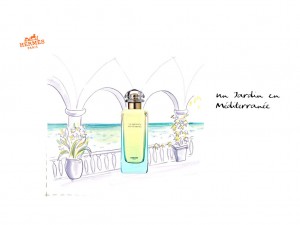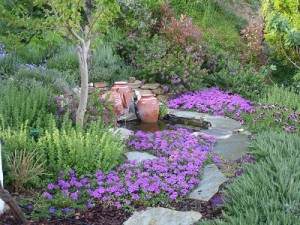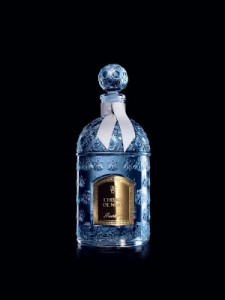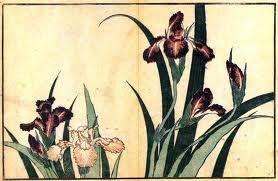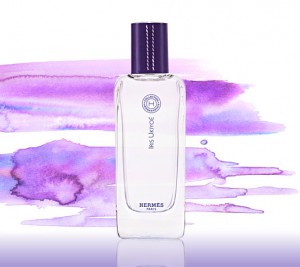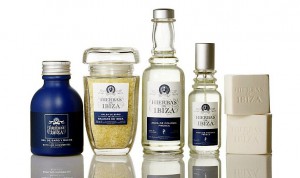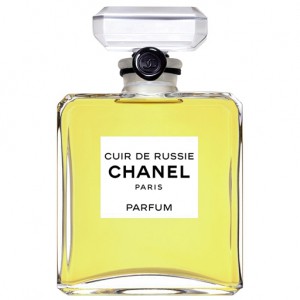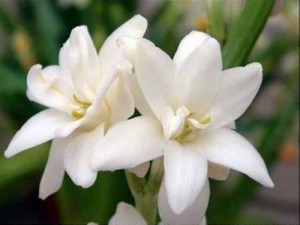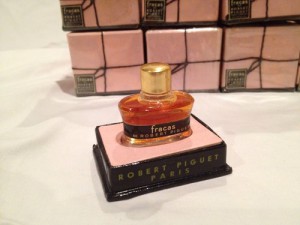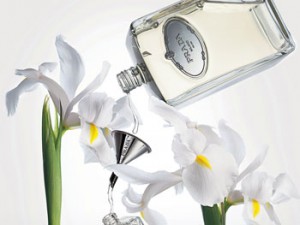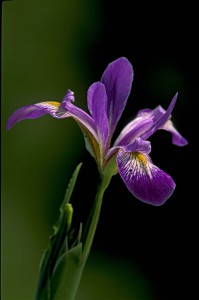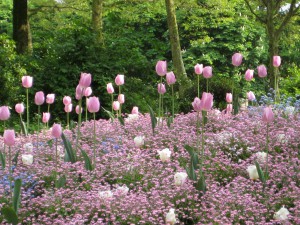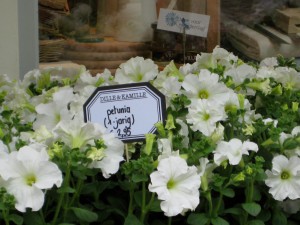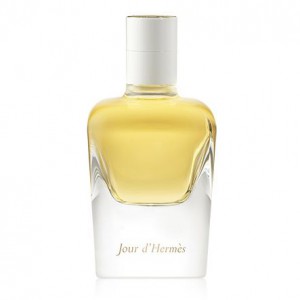Guerlain – L’Heure Bleue
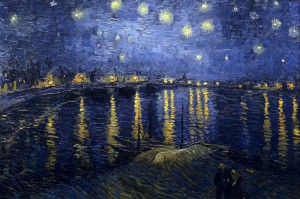
Vincent Van Gogh – Starry Night over the Rhone
It is often those things which we are closest to that we fail to see objectively, blotting out any shortcomings or imperfections. While this trait is certainly desirable in love, it can render a perfume review nearly impossible. 2012 was the 100 year anniversary of Guerlain’s L’Heure Bleue, which was created by Jacques Guerlain, arguably one of the greatest noses of all time. And while Guerlain released a gorgeous anniversary edition, as well as three noteworthy re-interpretations of the classic, I found myself unable to compose a single word on the subject of what is perhaps my most beloved perfume. It is only now that the anniversary has passed, and that the pages upon pages on the blogosphere celebrating this masterful creation have subsided, that I feel up to the task of dissecting the beloved.
L’Heure Bleue, French for the blue hour, is named for the quality of light displayed at dusk, when the rays of the sun have softened and suffused, just before night takes its grip on the world. This hour signals the end of the day and has traditionally been associated with other-worldly events. The term has also been used to describe life in Pre-WWI Paris, a time before the baser forces of the world reared their ugly heads and interrupted an idyllic existence. L’Heure Bleue often feels for me like time suspended – the sky has given up the light of the sun, and patiently awaits the arrival of its stars – a quiet breath before the stillness of the night.
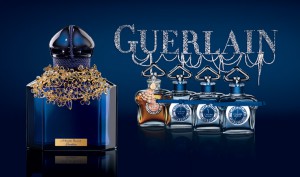
L’Heure Bleue is distinctly a fragrance of its time, embodying many of the ideals of the turn of the century and events preceding. If L’Heure Bleue were to be rendered in a painting, for me it would display the spirit of the Impressionists, where form was second to emotion. L’Heure Bleue is mapped out with soft, subtle strokes that meld and merge on the skin into an olfactory masterpiece. Most telling perhaps is a description of the fragrance from the mouth of its creator Jacques Guerlain: “The sun has gone to bed but the night has not yet arrived. It is the uncertain hour. In the light of a profound blue, everything, the shivering foliage, the lapping waters, is concentrated to express a love, a kinship, an infinite tenderness. Suddenly, man is in harmony with his surroundings, the time of a second, the time of a perfume” (Jacques Guerlain on L’Heure Bleue taken from the Cent Cinquantenaire anniversary book, translation mine).
In L’Heure Bleue, Jacques Guerlain was able to capture this magic of suspended time, as though he had distilled the blueness right out of the sky. In its hesperidic opening, it captures the final light of the golden orb as it dips down below the horizon. A powdery veil of heliotrope, iris and anise convey the suffusion of these last remaining rays of light, and create a sensory impression of the deepest blue. Jasmine and Bulgarian rose announce the richness of the night sky, like a velvet shroud which will drape and cover the land in its soft folds. And at its depth, the vanilla, tonka and amber shine with all the resplendence of the evening stars. L’Heure Bleue is often said to have a gourmand quality to it, as the notes of anise, heliotrope, tonka and vanillin create a patisserie-like impression. This should not be confused, however, with the modern gourmands which possess a distinctly sweet, candy-like scent. The overall effect is stunning and while the fragrance possesses a distinct character, it is one of refinement and grace. It is no wonder then that L’Heure Bleue counts Queen Elizabeth and Catherine Deneuve as admirers, the latter identifying it for many years as a signature scent.
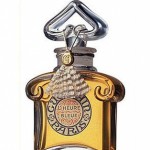
This review is for the vintage version of L’Heure Bleue which is available from various decant services and from reputable sellers on Ebay. While I adore the parfum version, even the eau de toilette and eau de cologne are worth sampling, and the latter especially has an extraordinary powder-like quality to is which is in keeping with the fragrance’s overall character. Unfortunately, this fragrance in its current form is one of my greater disappointments in the Guerlain line, so I highly recommend seeking out a pre-formulation version.
Oriental
Notes: Orange blossom, anise, heliotrope, iris, rose, jasmine, vanilla, tonka and amber.
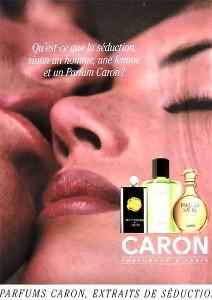 There are those loves which we know will endure forever. Such is the beauty of this peppery rose-inspired fragrance by Caron. But where Caron’s Rose is simple and Marni is sheer and evanescent, Parfum Sacré positively smolders, bringing new depths to the pepper-rose combination.
There are those loves which we know will endure forever. Such is the beauty of this peppery rose-inspired fragrance by Caron. But where Caron’s Rose is simple and Marni is sheer and evanescent, Parfum Sacré positively smolders, bringing new depths to the pepper-rose combination.


